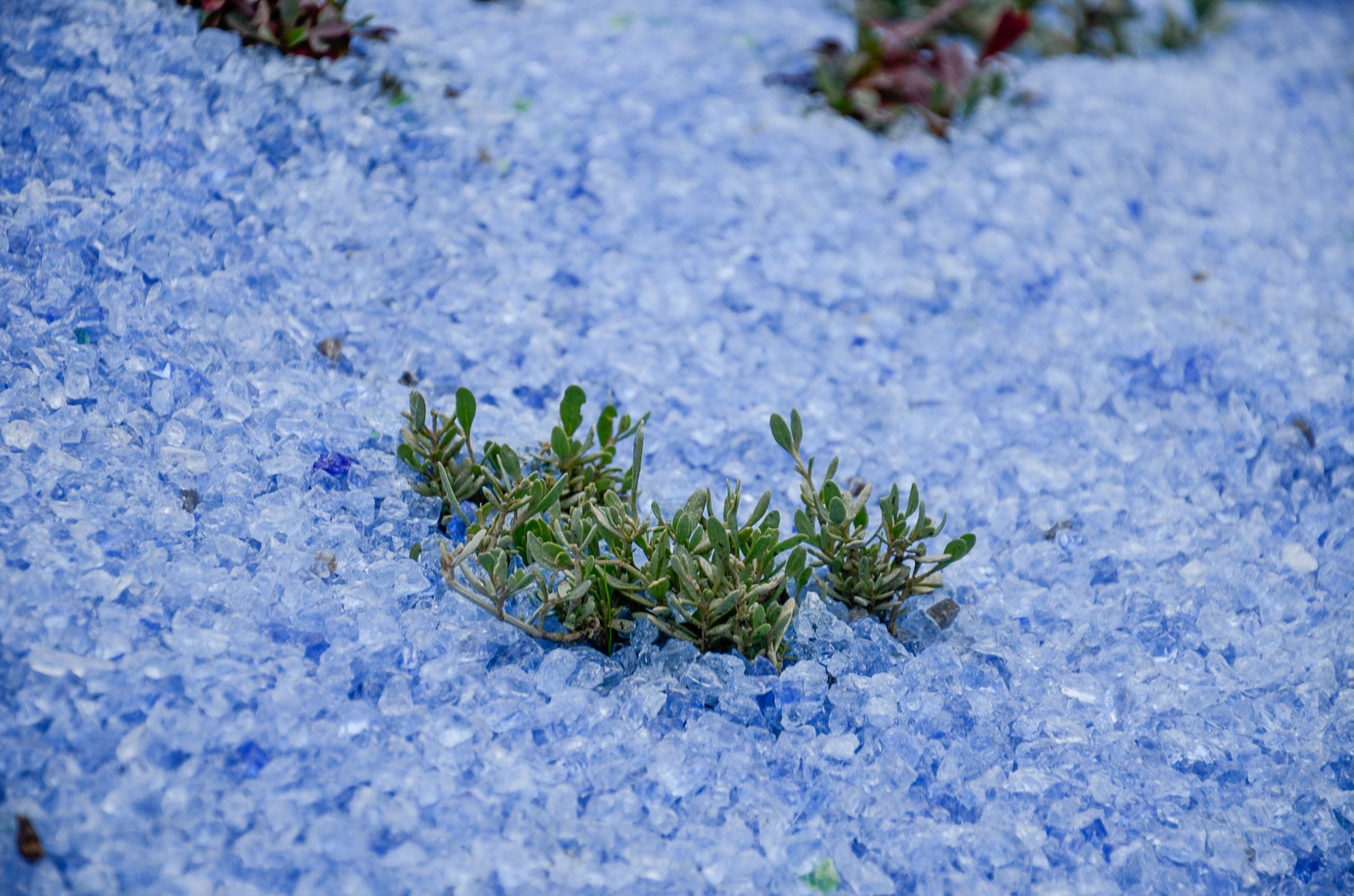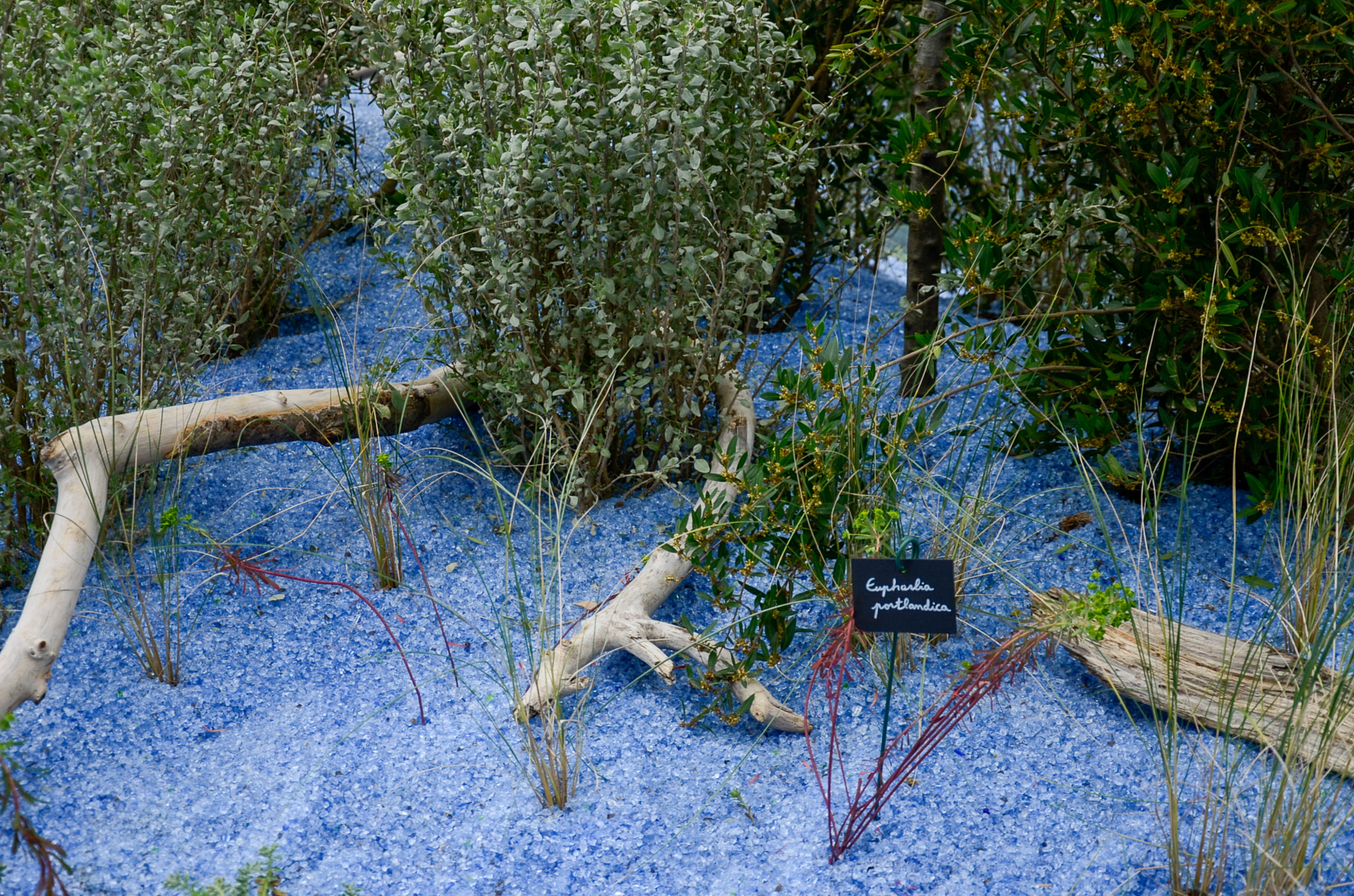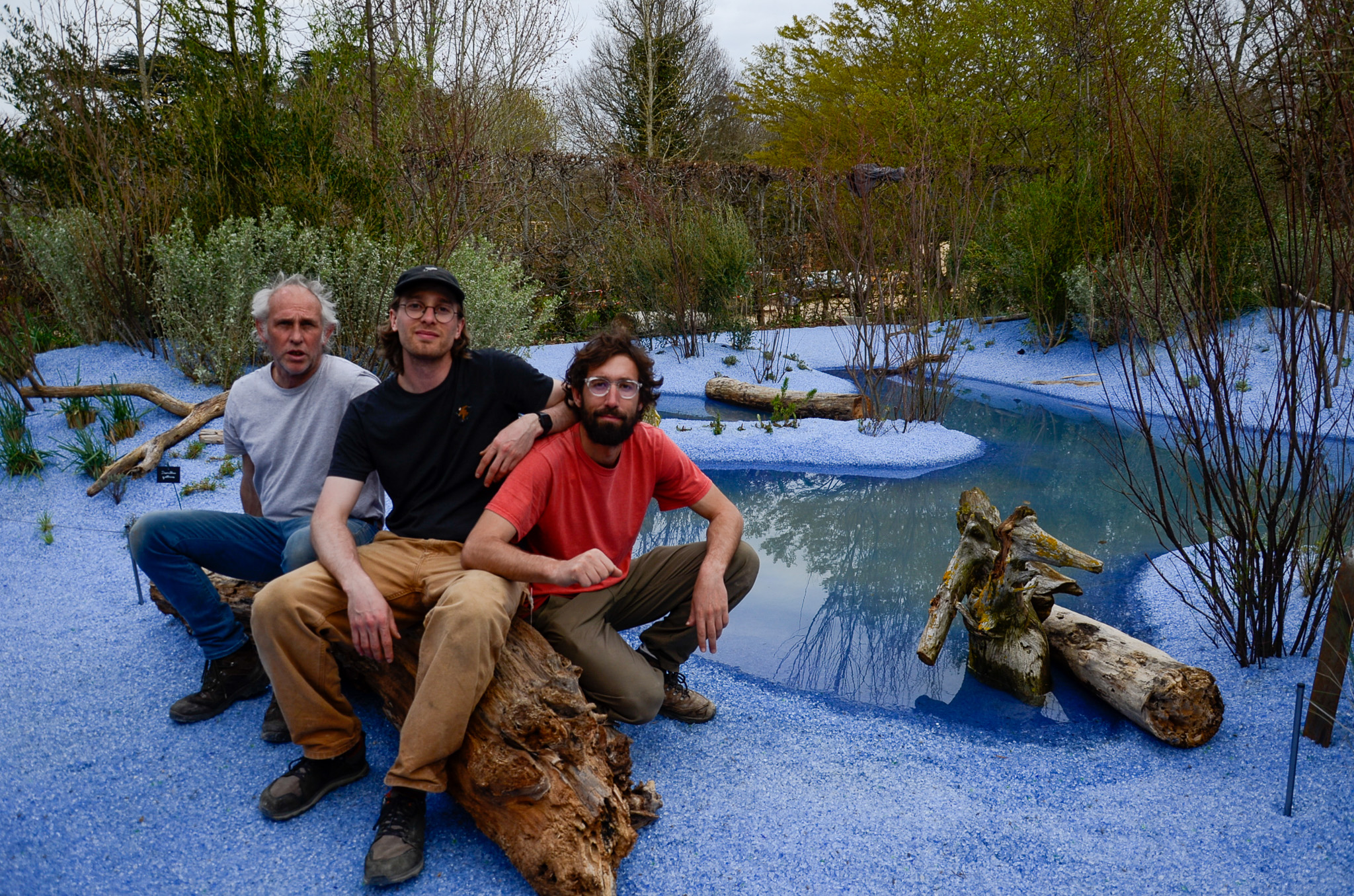
le Chant du Sel / the Song of Salt
What:
Where:
When:
For:
With:
Where:
When:
For:
With:
Resilient Garden
Chaumont-Sur-Loire, France
2023
Domaine de Chaumont
Felix De Rosen
Bruno Derozier
Chaumont-Sur-Loire, France
2023
Domaine de Chaumont
Felix De Rosen
Bruno Derozier
The Domaine de Chaumont issues an open-call competition each year for the design of conceptual, boutique gardens oriented around a theme. The theme of 2023’s competition was
Resilience.
Our design addressed the theme through the issue of sea-level rise
and changing soil chemistry as saltwater intrudes further onto our
shores. In response to this, we proposed a garden planted entirely of halophytes - plants tolerant of salt. We teamed up with a horticulturalist from Ile De
Re - an island just off the Atlantic coast of France known for
its salty marsh landscape where the crystals are harvested - to provide us with a bespoke palette of halophytes, and the expertise to procure, sustain, transport, and install them on our eventual site.
Our garden confronts the consequences of the anthropocene as an opportunity, attempting to instill a sense of optimism by demonstrating how solutions can be beautiful and playful without compromising on function.


Our design
involves a central basin to represent the ocean, surrounded by planted mounds and a continuous
groundcover of tumbled glass, recycled from the waste glass of a French glassware
factory. There are 12 metric tons of it spread across the site,
unifying the basin, mounds, and circulation area into a continuous
surface. The uncertain boundary between these zones is intended to create the impression of a flooded walkway, and the subtle guard rail pauses at the edges of the water to reinforce this notion. Glass was chosen as our groundcover material due to its physical appearance, evoking the crystalline structure of
the salt.

The mounds are exaggerated by vegetation
which grows in height from the edges to the peaks. This strategically
screens visitors from the basin and negotiates their relationship with
the water as they circulate around the site.

The plants come from two different types of saline ecosystems: dunes and wetlands. The dune-dwelling plants are adapted to sandy substrates and high winds, while the wetland-dweling plants are adapted to saturated substrates with a lot of organic matter. Accordingly, the planting scheme allocates the plants based on their proximity to the basin, with wetland plants on the interior and dune plants on the exterior.




